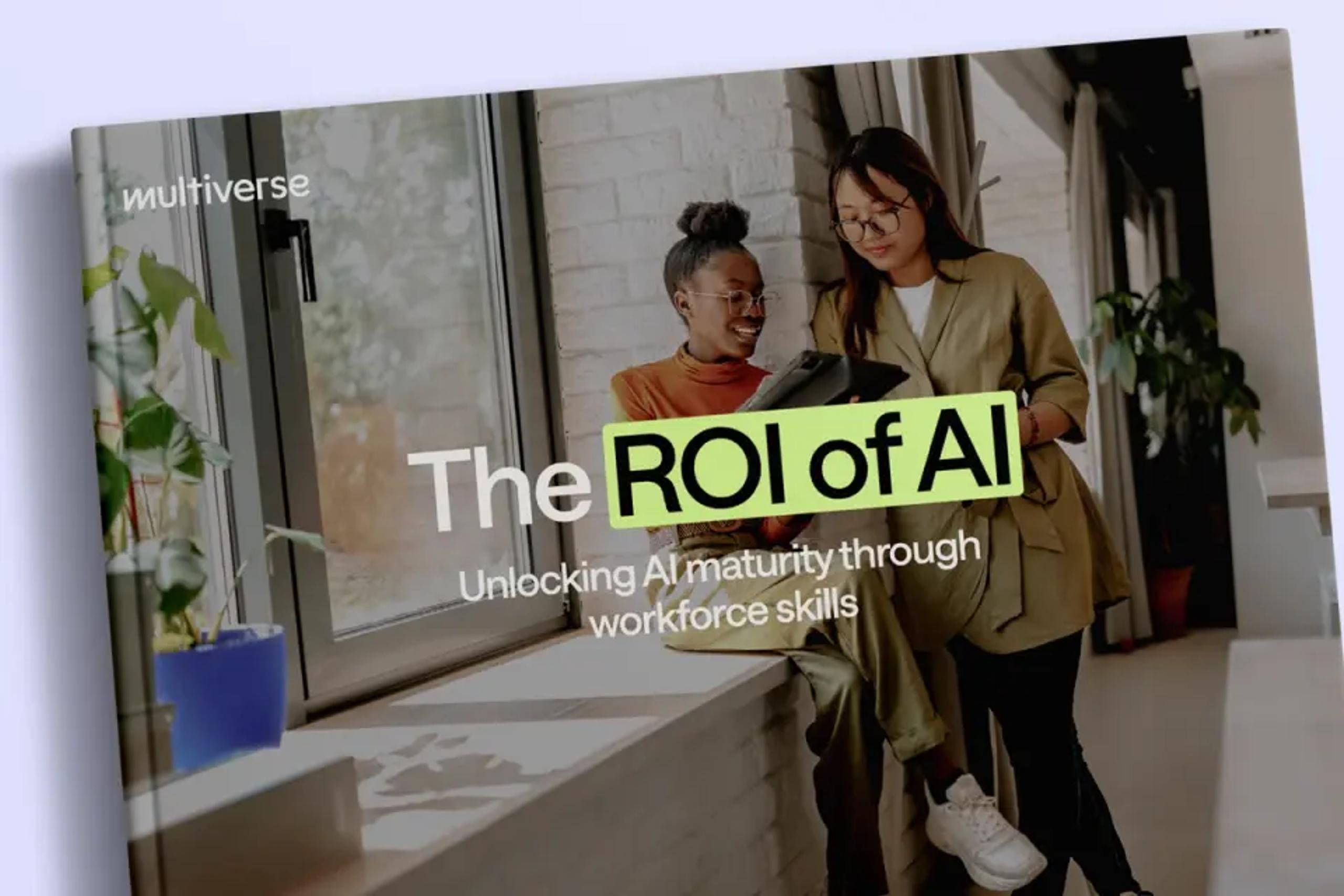A skills inventory is a comprehensive record of an organisation's skills, qualifications, and professional experiences.
HR and L&D teams can use a skills inventory as a tool to identify skill gaps, simplify talent management, and support strategic workforce planning.
Crucially, a skills inventory reveals to leaders the specific capabilities that need to be developed to hit company goals.
In this article, we’ll explore everything you need to know about a skills inventory, how to build one, and an example of how one company used a skills analysis to improve efficiency on data tasks.
What is the purpose of a skills inventory?
There are three main reasons for developing a skills inventory:
- Identifying skills gaps which could be holding you back from growth. A skills inventory helps to quantify the scale of the challenge and the action you need to take.
- Informing your learning and development strategy by pinpointing the areas that need the most focus. It also supports the creation of tailored employee development plans that support the overall business goals.
- Creating new opportunities for employees: As well as identifying the skills that employees need to build, a skills inventory can also uncover hidden or underused talent in your workforce – allowing you to open up new upwards or sideways progression pathways for individuals.
What is the difference between a skills inventory and a skills matrix?
Both of these tools can be used to address skills gaps and support your workforce transformation strategy. However, they have key differences:
- A skills inventory is a dataset of all employee skills across a whole organisation.
- A skills matrix focuses on specific skills relevant to individual roles or departments, and includes the scoring captured in the evaluation process.
How to create a skills inventory in 5 steps
Now we understand what a skills inventory is for, let’s look at how to build one.
1) Establish the business goals you want to achieve
Start by setting out the overarching goals and how you hope skills can help you achieve them. One way to do this is by writing a problem statement that explains the challenge you want to overcome. The statement should factor in:
- What is the problem blocking you from?
- What value would solving the problem unlock?
- How will that challenge change if unresolved in the next 12 to 18 months
- How can skills help you reach the goal, or goals, that you want to achieve?
2) Identify the skills needed to hit your goals
To answer your problem statement, next consider what capabilities your workforce will need to achieve your goal outcome.
Group these into skill sets and organise into broader categories, such as soft skills, technical skills, and leadership skills. Qualifications and certifications can also be factored into a skills inventory.
Find out more on the differences between soft skills gaps and technical skills gaps in our guide: ‘What is a skills gap?
3) Conduct an employee skills assessment
Decide on the best way to test or assess the skills of your workforce. Different methods include employee self-assessment (either manually, or using a dedicated skills intelligence tool), skills tests, and performance reviews.
Next, rate proficiency for each skill using a uniform scale (such as 1 to 5) to establish a consistent benchmark.
If you choose to interview one-to-one or if employees are self-evaluating, here are some questions to include:
- What skills do you have that the company could use more effectively?
- How do you rate your proficiency on [skill] out of five?
- Where do you want to focus your personal development in the next six months?
4) Map the results in a skills matrix
The evaluation results can be captured in a skills matrix at an employee, team, or department level.
The tool gives managers and leaders a view of proficiency levels of the desired skills, clearly showing strengths and skills gaps.
Discover our guide: What is a skills matrix?

Example of a Skills Matrix
5) Regularly update your inventory
With skills gaps identified, update your inventory data and treat it like a live document – for example, making updates when an employee training programme has finished and there’s new self-assessment data from employees to input. This is an opportunity to measure the programme’s impact, calculate ROI on employee training and inform your next steps.
Another check-in point is when there are changes and updates to the business strategy. Always think: how will this impact the roadmap of skills you need? Make sure any new requirements are captured in your skills inventory.
Skills inventory example: EDF Energy
Let’s look at how EDF Energy was able to identify their workforce skills gaps and create a skills inventory, with support from Multiverse.
A Multiverse skills analysis assessed EDF employees who use data daily – and it found they were spending 19.9 hours a week on data tasks.
The analysis mapped employee skill levels in areas like predictive modelling, engineering data, producing visualisations, managing spreadsheets and analysing data.
The exercise revealed 50% in potential time savings which could be achieved through data upskilling.
To capitalise on these efficiency gains, EDF launched a Multiverse Data Academy programme, enrolling staff on apprenticeships to build data skills.
Use a skills inventory to close skills gaps
A regularly updated skills inventory supports strategic workforce planning.
By following these steps, leaders can get the right people working on the right projects, faster.
Specific skill gaps can be targeted through learning and development programmes. And leaders can identify the skills needed to stay competitive and ahead of the curve.






